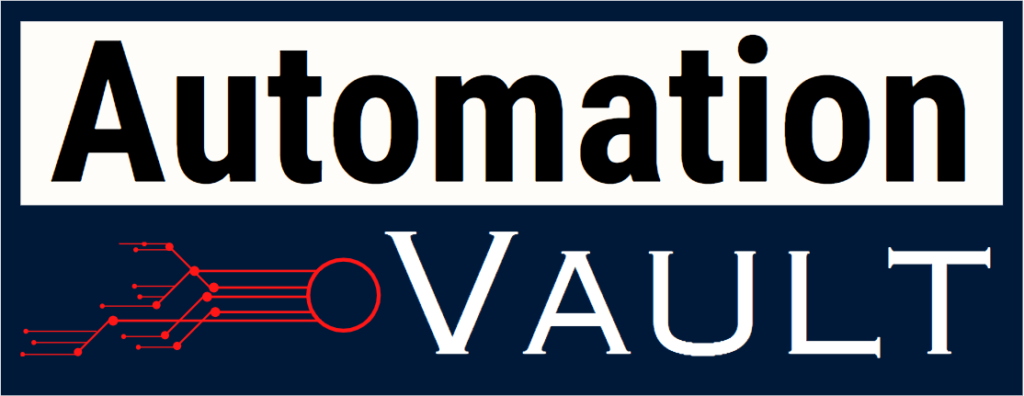In the dynamic landscape of digital communication, businesses are increasingly turning to advanced technologies to elevate customer interactions. Two commonly used terms in this arena are “chatbot” and “conversational AI.” Despite being used interchangeably, they represent distinct approaches to automated conversations. In this comprehensive exploration, we unravel the nuances of chatbots vs conversational AI, shedding light on their differences, applications, and contributions to the evolving customer experience.
Understanding Chatbots:
Chatbots, short for chat robots, are computer programs designed to simulate conversations with users. They operate based on predefined rules, responding to specific cues or keywords. Chatbots find common usage in customer support, providing quick answers to frequently asked questions.
Exploring Conversational AI:
Conversational AI takes interaction to the next level by integrating artificial intelligence (AI) and machine learning (ML). Unlike chatbots, conversational AI systems can understand context, learn from interactions, and provide more natural, human-like conversations. They evolve over time, improving responses based on user input and experience.
Key Differences: Chatbot vs Conversational AI:
Let’s look at some of the key differences in chatbot vs conversational AI below.
Flexibility and Learning Abilities:
- Chatbot: Relies on predefined rules, lacking the ability to learn or adapt beyond these rules.
- Conversational AI: Learns from user interactions, understands context, and continuously refines responses. Example: Google’s Duplex, which can make restaurant reservations and adapt to different responses.
Contextual Understanding:
- Chatbot: Responds based on specific keywords without considering broader context.
- Conversational AI: Grasps the context of the conversation, providing more coherent and relevant responses. Example: Amazon’s Alexa, which understands follow-up questions and contextual cues.
Complexity of Interactions:
- Chatbot: Suitable for simple, rule-based interactions and predefined scenarios.
- Conversational AI: Capable of handling complex, dynamic conversations and is suitable for a broader range of applications. Example: IBM’s Watson, used in healthcare for complex diagnosis and treatment discussions.
Natural Language Processing (NLP):
- Chatbot: Often relies on basic keyword matching for responses.
- Conversational AI: Incorporates advanced NLP for a more natural flow of conversation and a better understanding of user intent. Example: Microsoft’s Azure Language Understanding, offering advanced NLP capabilities.
Proactive Engagement:
- Chatbot: Typically reactive, responding to user queries or prompts.
- Conversational AI: Can engage proactively, initiating conversations based on user behavior or data. Example: Chatbots on e-commerce platforms suggest products based on user preferences.
Multitasking Abilities:
- Chatbot: Typically handles one task at a time.
- Conversational AI: Can manage multiple tasks concurrently, facilitating more complex and dynamic interactions. Example: Virtual assistants like Siri handle requests while simultaneously providing weather updates.
Benefits of Conversational AI:
- Improved user experience: Conversational AI’s ability to understand context enhances the user experience by providing more relevant and personalized responses.
- Adaptability and Scalability: Unlike chatbots, conversational AI systems adapt and scale more effectively as they learn from a growing dataset of interactions.
- Natural Language Processing (NLP): Conversational AI incorporates advanced NLP, enabling a more natural flow of conversation and a better understanding of user intent.
Challenges and Limitations:
Development Complexity:
Implementing conversational AI requires more advanced development skills compared to setting up rule-based chatbots.
Data Privacy Concerns:
Conversational AI learning raises privacy concerns due to processing and learning from user interactions.
Conclusion:
In the realm of automated conversations, understanding the distinctions between chatbots and conversational AI is paramount for businesses seeking to enhance customer engagement. While chatbots excel in specific, rule-based scenarios, conversational AI’s adaptive learning and contextual understanding open doors to more sophisticated applications. Choosing between chatbots and conversational AI depends on the desired interaction complexity and required personalization level. As technology advances, businesses embracing these solutions will undoubtedly redefine customer interactions in the digital age.


Leave a Reply